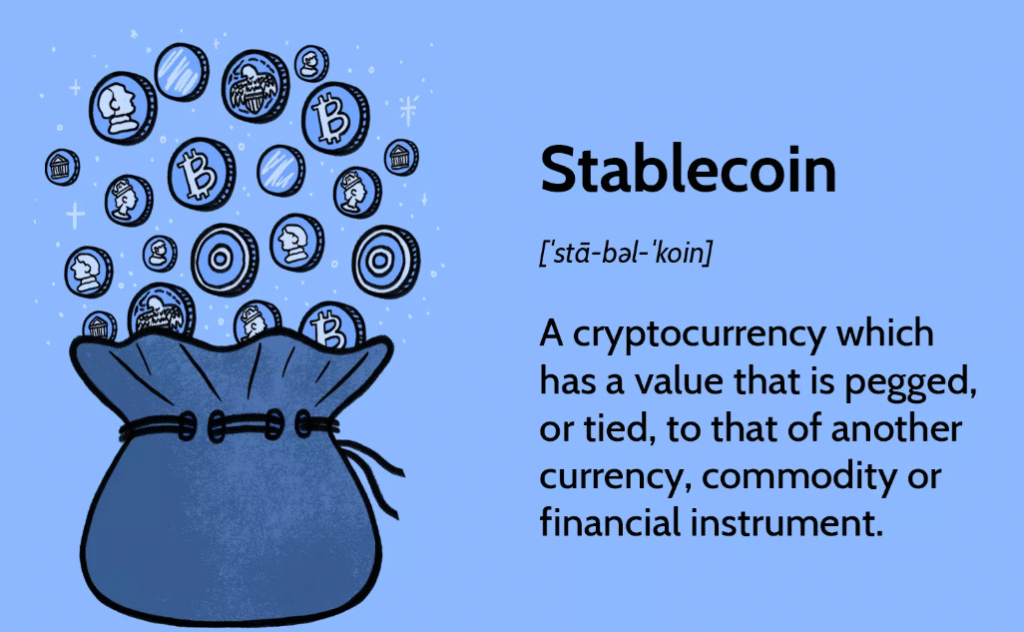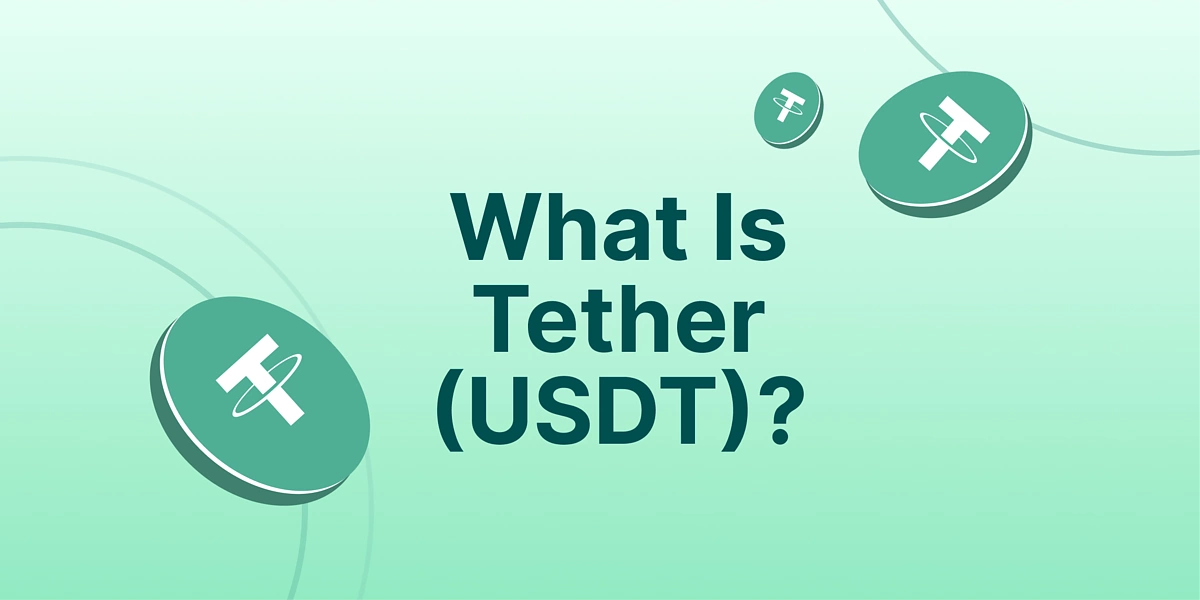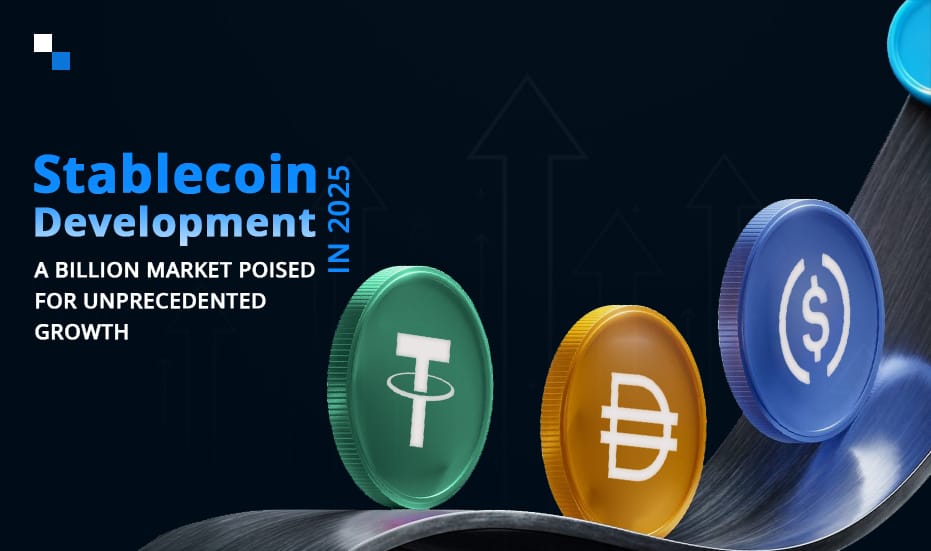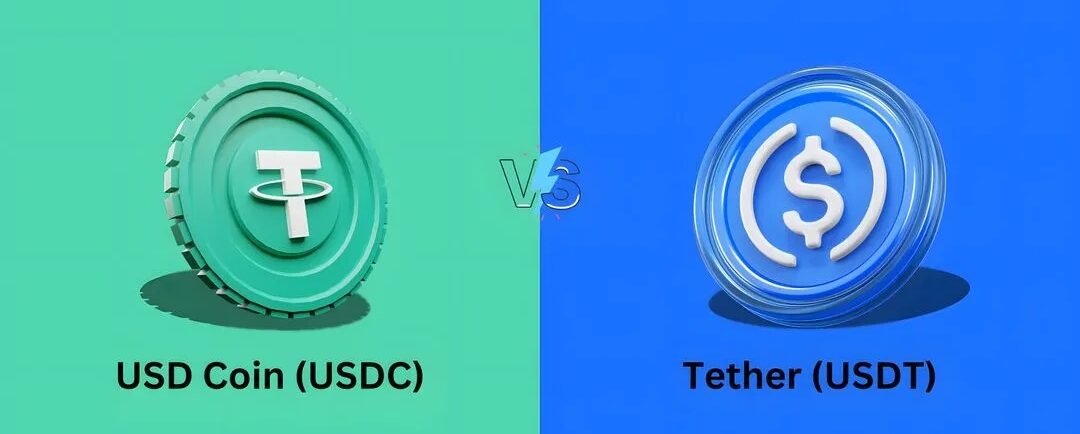If you’re exploring the world of cryptocurrency, you’ve likely heard of stablecoins like USDT and USDC. But what are they, and why are they so popular? This beginner-friendly guide will break down what stablecoins are, how USDT and USDC work, and why they’re important—all in plain English. Let’s dive in!
What Are Stablecoins?
Stablecoins are a type of cryptocurrency designed to have a stable value, unlike Bitcoin or Ethereum, which can be very volatile. Most stablecoins are pegged to a real-world asset, like the U.S. dollar, so their value stays steady—usually around $1 per coin. This makes them perfect for everyday transactions, saving, or trading without worrying about wild price swings.
Think of stablecoins as digital dollars that live on a blockchain, combining the security and speed of crypto with the reliability of traditional money.

Meet USDT and USDC: The Top Stablecoins
Among the many stablecoins out there, USDT (Tether) and USDC (USD Coin) are the most widely used. Let’s take a closer look at each.
1. USDT (Tether): The Pioneer
USDT, launched in 2014 by Tether Limited, is the largest stablecoin by market size. It’s pegged to the U.S. dollar, meaning 1 USDT is designed to always be worth about $1. USDT is used on many blockchains, like Ethereum and Tron, making it a go-to for traders, investors, and everyday crypto users.
USDT is backed by reserves, which Tether says include cash, bonds, and other assets. However, there’s been some debate about how fully these reserves are backed, so it’s worth staying informed.

2. USDC (USD Coin): The Transparent Choice
USDC, launched in 2018 by Circle and Coinbase, is another dollar-pegged stablecoin. Like USDT, 1 USDC equals roughly $1. USDC is known for its transparency, with regular audits to confirm that its reserves are fully backed by cash or cash-equivalent assets. It’s widely used on blockchains like Ethereum, Solana, and Stellar.
USDC is popular for its trustworthiness and is often the choice for businesses and decentralized finance (DeFi) apps.

How Do USDT and USDC Work?
Both USDT and USDC operate similarly, relying on a few key principles:
- Pegging to the Dollar: Their value is tied to the U.S. dollar, so they don’t fluctuate like other cryptocurrencies.
- Blockchain Technology: They live on blockchains, ensuring fast, secure, and transparent transactions worldwide.
- Reserves: Companies behind USDT and USDC hold assets (like dollars or bonds) to back every coin in circulation, maintaining their $1 value.
You can store USDT or USDC in a digital wallet, send them to others, or use them in crypto apps, all while enjoying the stability of a dollar-like value.
Why Are Stablecoins Like USDT and USDC Important?
Stablecoins bridge the gap between traditional money and cryptocurrency. Here’s why they matter:
- Stability: They avoid the price rollercoaster of other cryptos, making them practical for payments or savings.
- Global Transactions: Send money across borders instantly with low fees, no bank required.
- DeFi and Apps: USDT and USDC power decentralized finance (DeFi), letting you lend, borrow, or earn interest without banks.
- Trading: Crypto traders use stablecoins as a “safe haven” to park funds during market dips.

How Can You Get USDT or USDC?
Getting started with stablecoins is easy. Here’s how:
- Buy on Exchanges: Use platforms like Coinbase, Binance, or Kraken to buy USDT or USDC with dollars or other currencies.
- Trade for Them: Swap other cryptocurrencies (like Bitcoin) for USDT or USDC on exchanges.
- Use DeFi Apps: Earn USDT or USDC through decentralized apps that offer interest or rewards.
Are USDT and USDC Safe?
Stablecoins are generally safe, but there are risks to know:
- Reserve Concerns: Make sure the stablecoin’s reserves are trustworthy. USDC’s audits are reassuring, while USDT has faced scrutiny.
- Wallet Security: Protect your digital wallet’s private key. If someone steals it, they can take your coins.
- Scams: Avoid fake websites or apps promising free USDT or USDC. Stick to reputable platforms.
What’s Next for Stablecoins?
Stablecoins like USDT and USDC are growing fast. They’re becoming a backbone for crypto trading, DeFi, and even real-world payments. Big companies like Visa and PayPal are integrating stablecoins, and governments are exploring their own digital currencies inspired by them. However, regulations and concerns about reserve transparency could shape their future.

Conclusion
Stablecoins like USDT and USDC make cryptocurrency practical for everyday use, offering the stability of dollars with the speed and freedom of blockchain. Whether you’re trading, sending money, or exploring DeFi, these coins are a great starting point. Dive in, stay cautious, and enjoy the world of stablecoins!
Have questions about USDT or USDC? Share them in the comments, and let’s keep the conversation going!






















